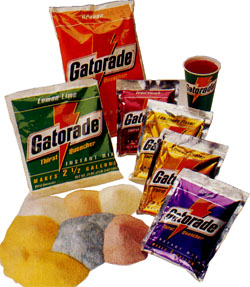The federal government is advising school leaders they shouldn’t have to close their doors this fall because a few students contract this new virus, which continues to spread throughout the world. Only those schools with high numbers of students coming down with the virus should consider closing, according to a statement Janet Napolitano, Homeland Security Secretary made today (August 7th).
There are more than 55 million American children attending 130,000 public and private schools. According to the Department of Education, 7 million persons staff those schools.
It is predicted that the new “bug” will hit schools in the fall; however, Education Secretary Arne Duncan stated the importance of continuing to educate the children, and urges parents to use common sense and tell their kids to wash their hands vigorously several times a day, and take other precautions. He also said that the new vaccine should be ready by mid-October and schools will probably be the principal sites for the shots to be given to students. Everyone should get the regular flu shot prior to this time.
The Centers for Disease Control last spring advised schools to close for two weeks when there were confirmed cases of the H1N1 virus. However, the milder cases experienced by students caused them to re-think their strategy. They do recommend that parents keep their sick students home for at least one week, if they become ill. As the result of the spring school closings, many parents were forced to leave their kids at home alone, take off work to stay with their children, or make child care arrangements.
Schools should be planning other ways to prevent the spread of illness by placing students’ desks further apart, emphasizing hand hygiene, and any method they can come up with to encourage their students to avoid contact with someone who is ill. Mr. Duncan is asking schools to have a plan to keep their kids learning during the period their school is closed.
Sources:
AP
Reuters

![[gickr.com]_1e6b2394-3a63-7b34-8127-46a4264028dd Various Safety Posters](http://www.blog4safety.com/wp-content/uploads/2009/07/gickr.com_1e6b2394-3a63-7b34-8127-46a4264028dd.gif)